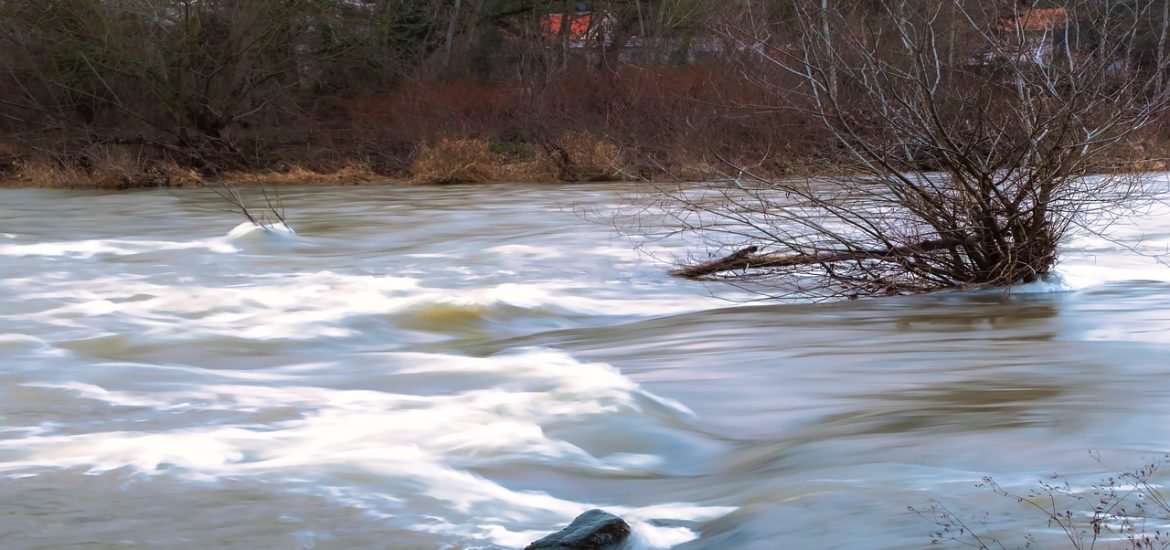
People who live in the smallest countries — which contribute least to climate change — already suffer most of its devastating consequences. The burden is likely to increase, according to a study published in the journal Environmental Research Letters.
A team from the University of Bristol, UK, calculated that one in five people in Small Island Developing States (SIDS) — 8.5 million — are at a high risk of coastal and inland flooding. The situation is extreme in the Bahamas, Guyana, and Tuvalu, where this proportion trebles to more than 60% of the population.
“Flooding is now an alarming real-world threat for so many people globally. This study demonstrates that the often-overlooked Small Island Developing States are already subject to a disproportionate level of flood exposure, despite contributing the least to climate change,” said author Leanne Archer, Research Associate at the University’s Cabot Institute for the Environment. The authors also project that even in the least worst global warming situation, the number of people affected By rising sea levels, storm surges, and extreme rainfall events, including tropical cyclones, is going to grow in the future significantly. In comparison, in the US and UK, only about 13% and 8% of the population are likely to be impacted, respectively.
“The findings should be a call to action to support these nations in adapting to and mitigating against these extreme repercussions, even under the lowest emissions scenario, which put life and livelihoods in peril,” said Archer.
SIDS includes island nations and territories with small populations (1000 to 7,000,000 people), which are especially exposed to the effects of climate change. Researchers already knew coastal flooding is a major risk in these locations, as populations are often concentrated along the coastline. The Bristol team now showed that inland flooding is also a major issue for SIDS.
“Previous studies have only focused on coastal flooding, representing a significant underestimation of exposure. This is also the very first time a comprehensive picture of flood risk has been mapped across all 57 Small Island Developing States because the populations are so small, they haven’t met the minimum catchment size of previous major global studies,” said Archer. “The modelling provides striking evidence demonstrating that climate change has an unjust and unequitable impact on the places and people, who have contributed least to the greenhouse gas emissions, fuelling the problem.”
Even if we manage to control global warming with a 1.5⁰C increase by 2100, findings project more than a fifth (21%) of SIDS populations will be exposed to flooding. If the temperature rises more than 4⁰C, this figure could reach nearly a quarter (23%). Irrespective of how much the world warms, some of the countries most at risk include Belize, Turks and Caicos Islands, and the Maldives.
“This study fills an important gap in research, including direct measures of flood hazard and exposure, which are essential to adequately reduce loss and damage from flooding in the Small Island Developing States,” concluded author Prof Paul Bates. “The results are a timely warning to the world’s political leaders and policy makers that global commitments to significantly reduce carbon emissions must be backed up by action in order to reduce potential loss and damage from flooding in Small Island Developing States, which contribute least to harmful carbon emissions.”
Leanne Archer et al 2024 Population exposure to flooding in Small Island Developing States under climate change. Environ. Res. Lett. 19 124020